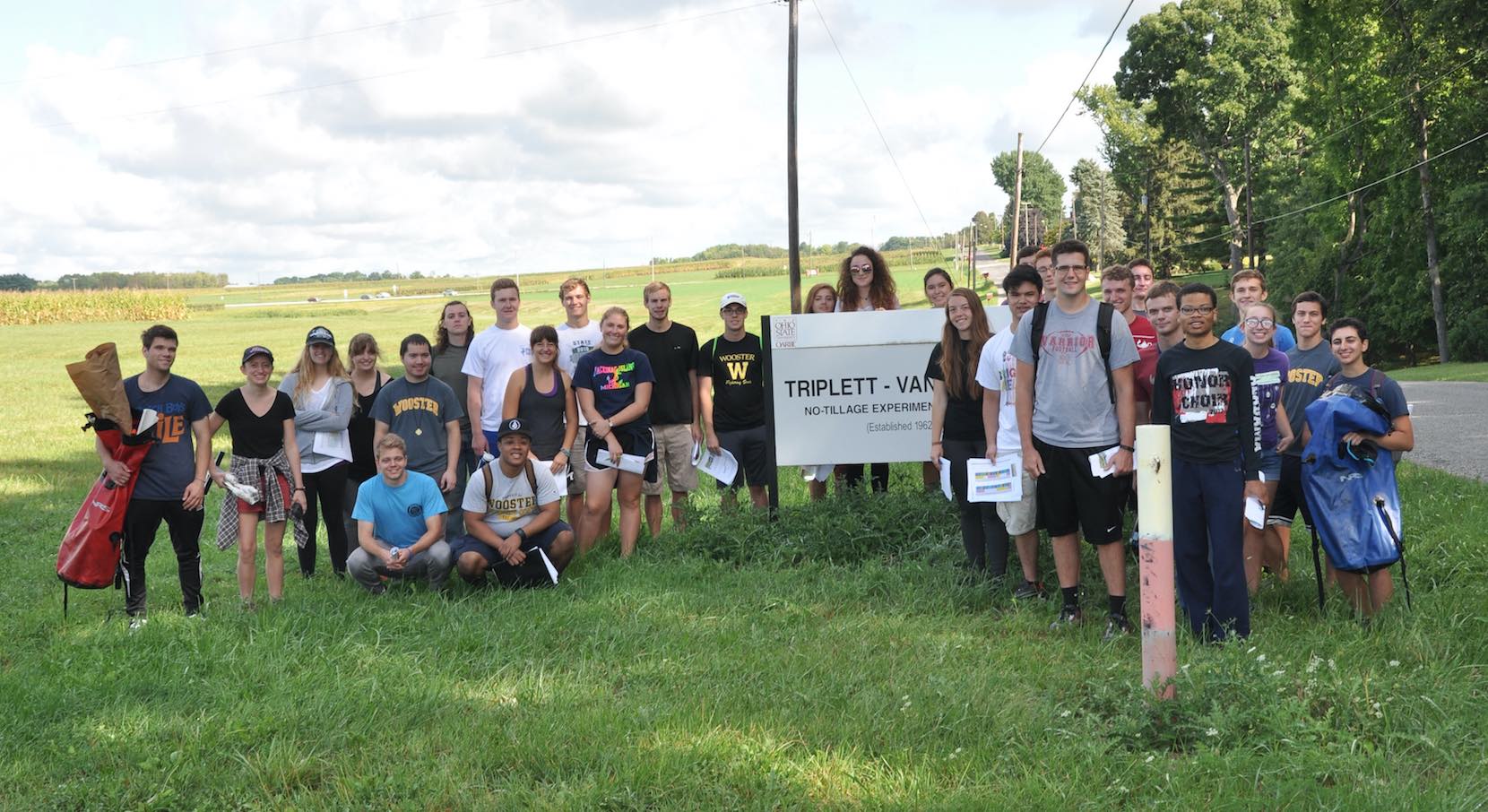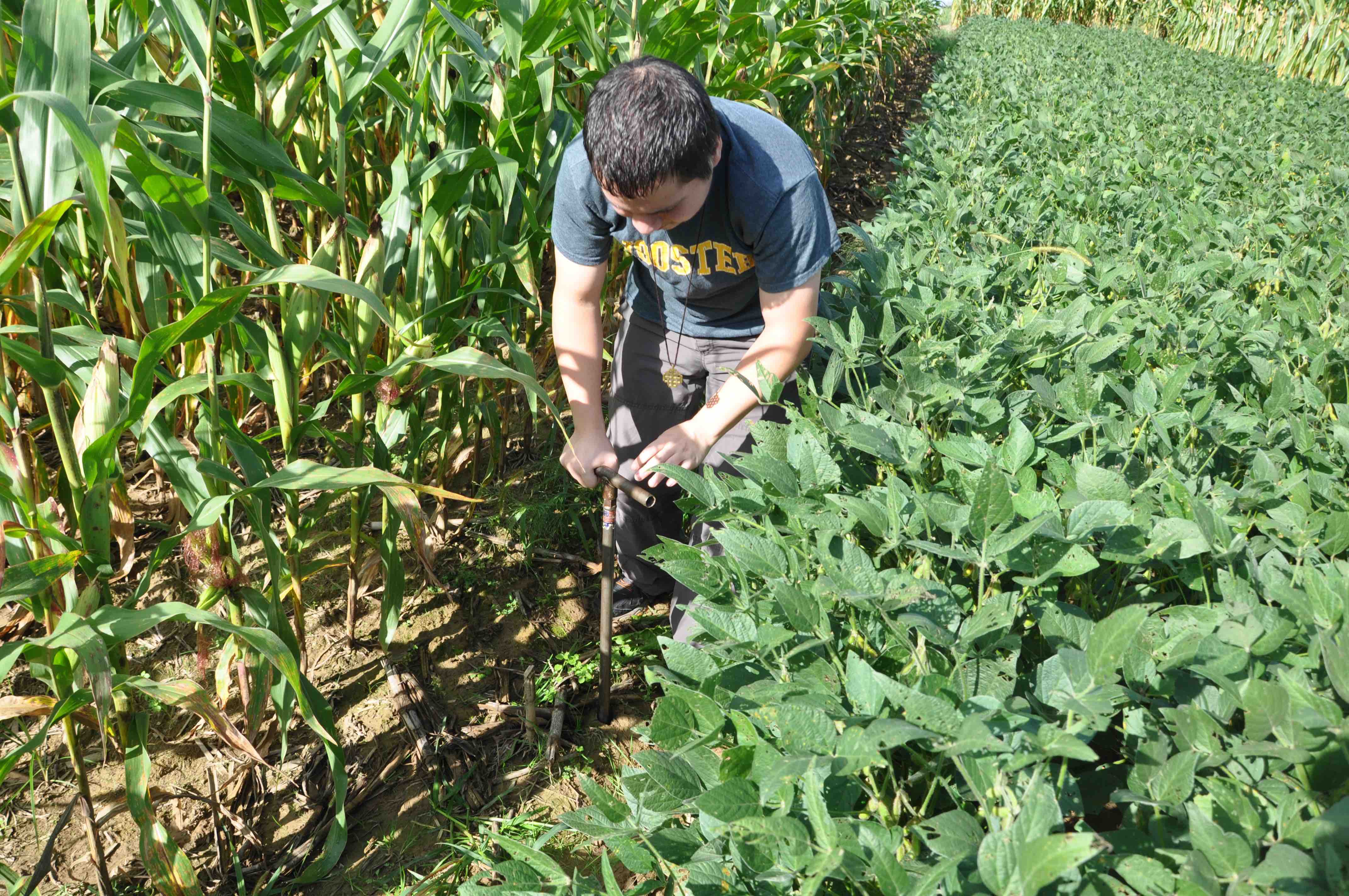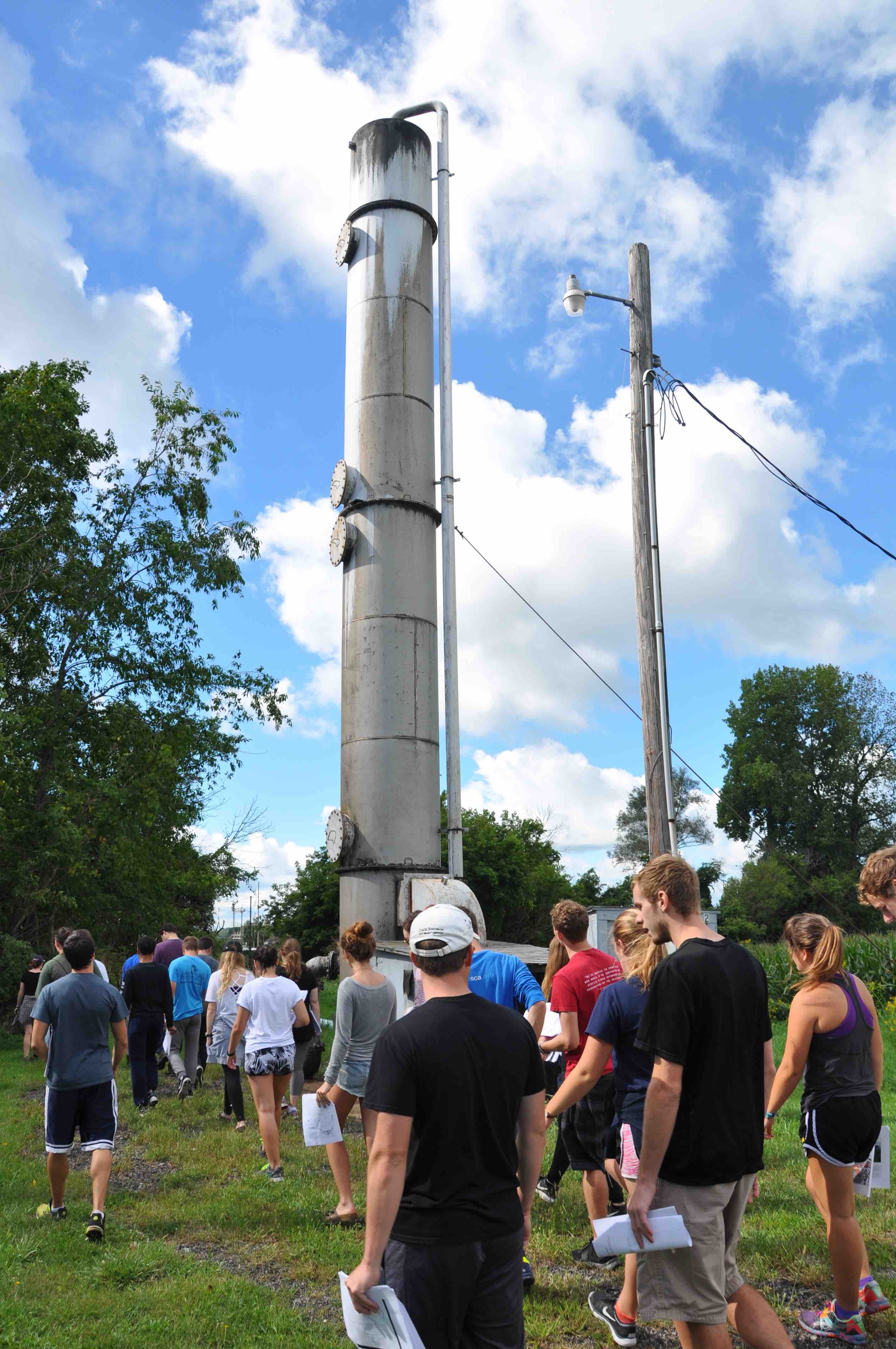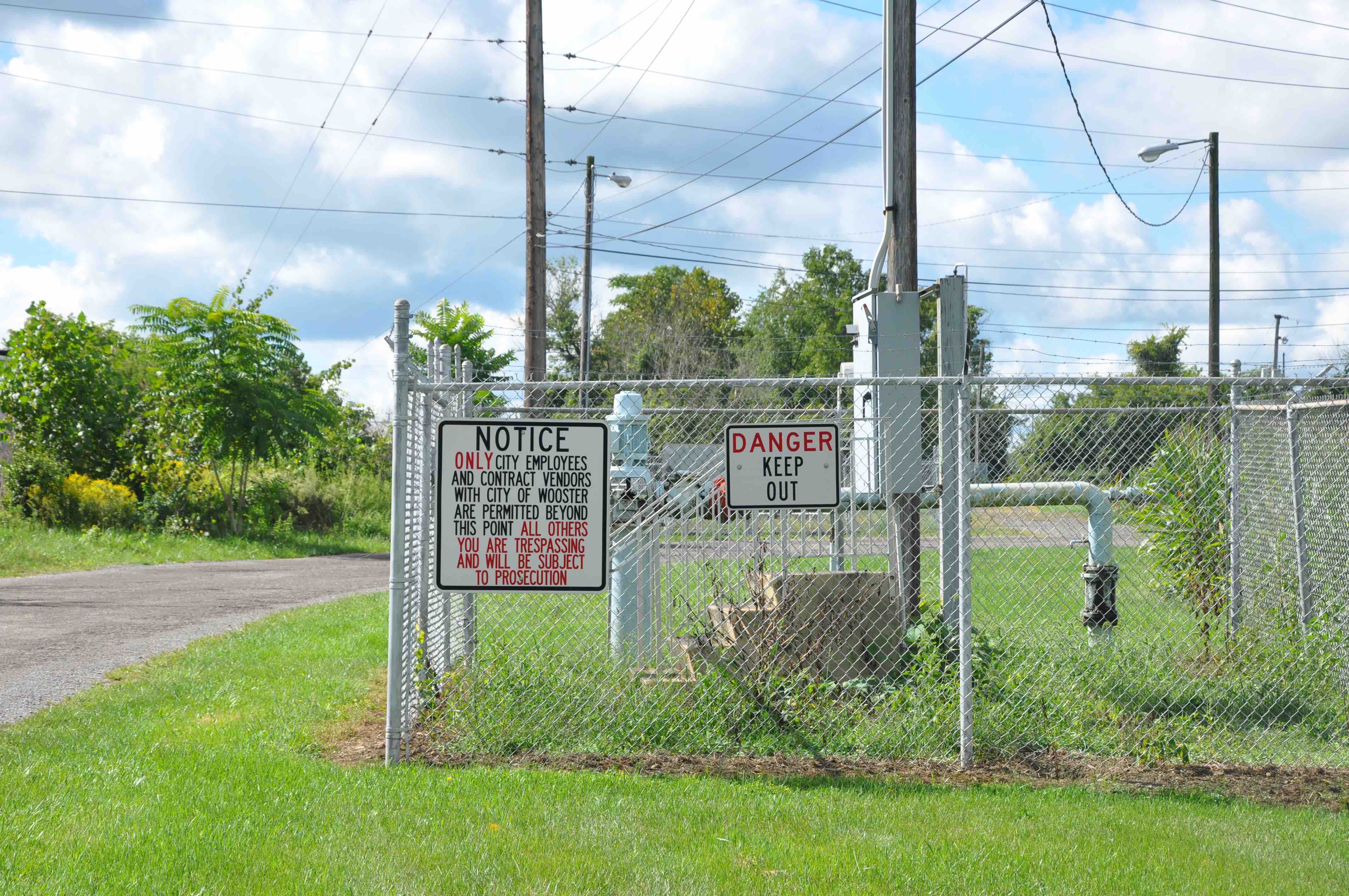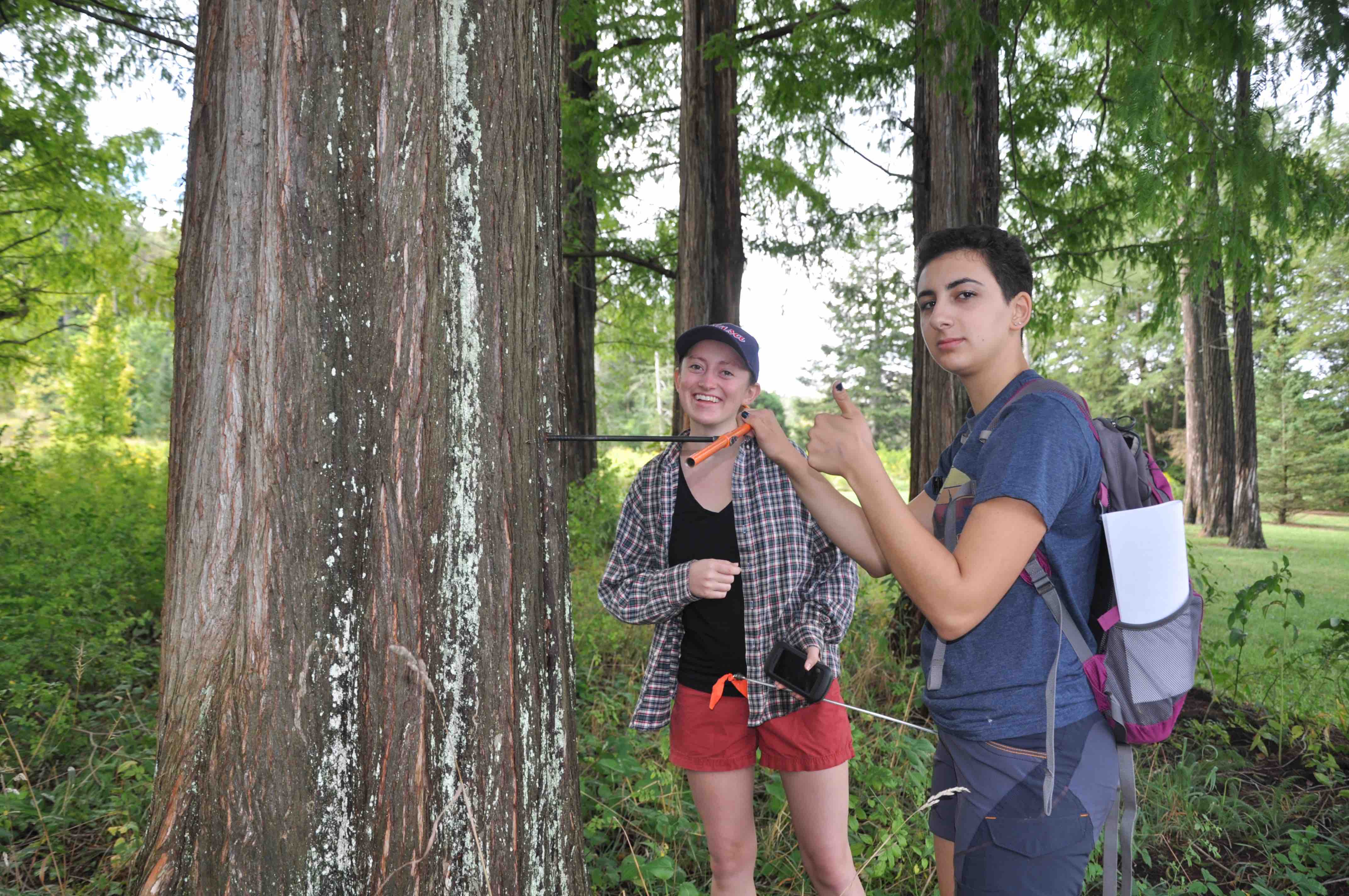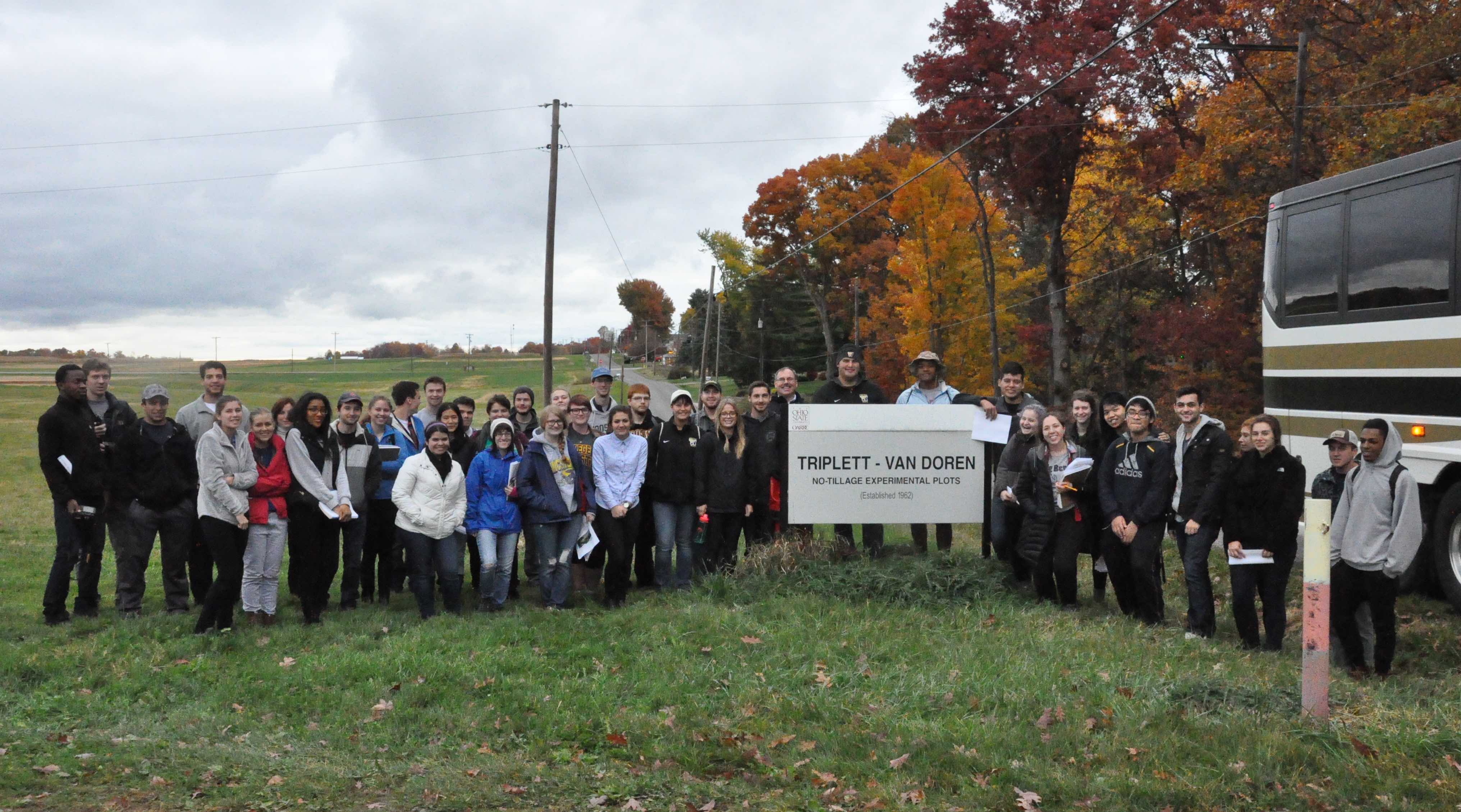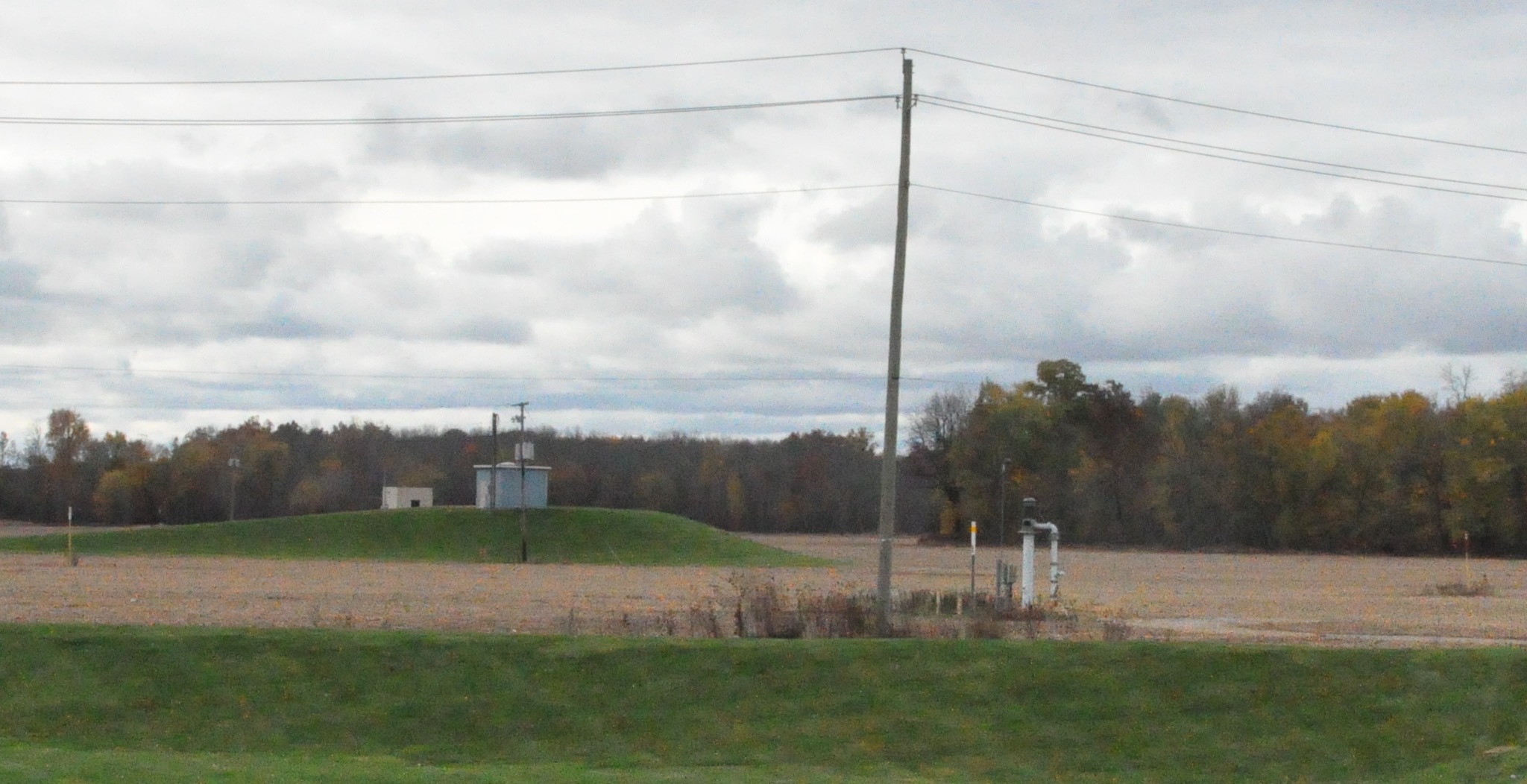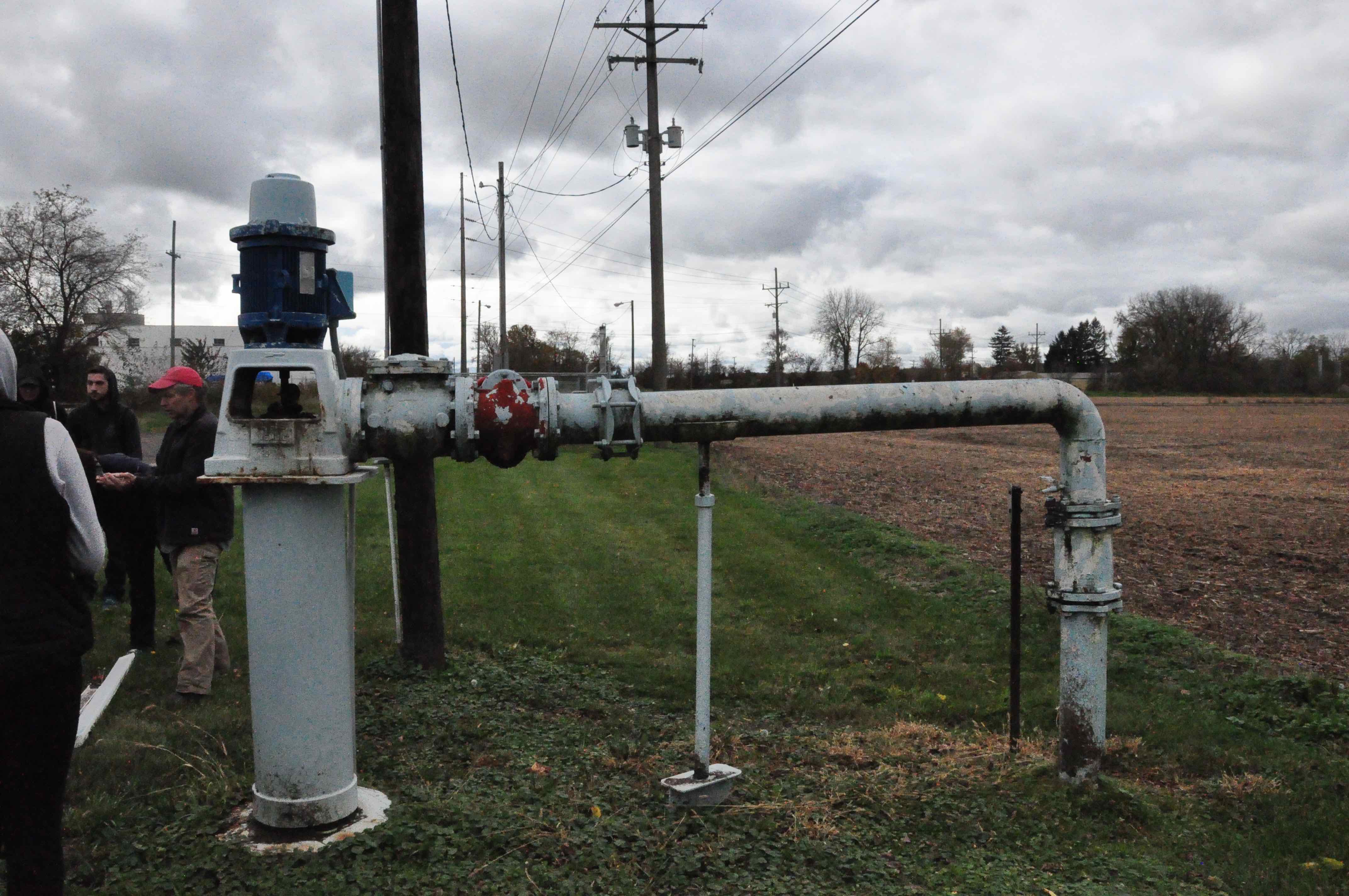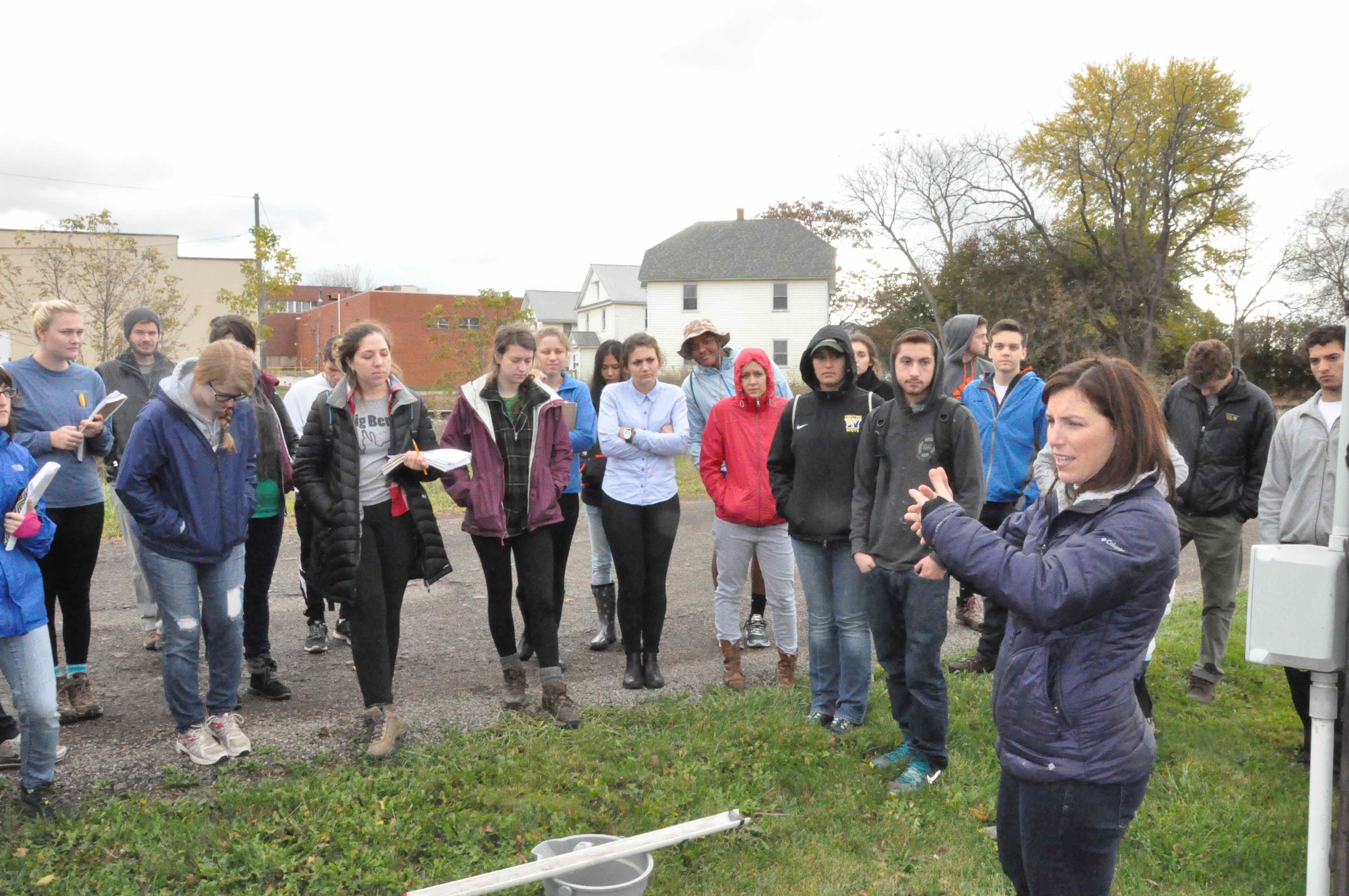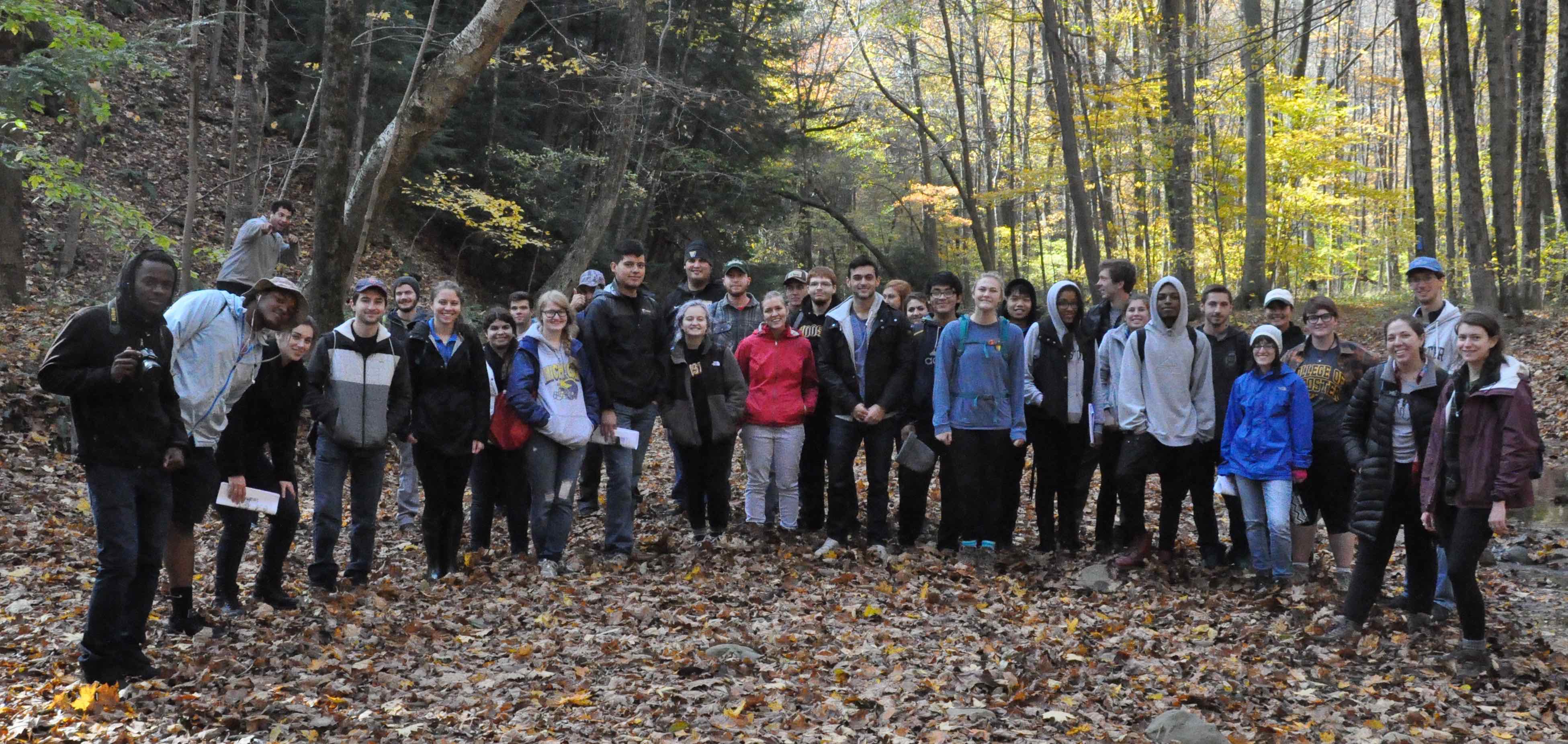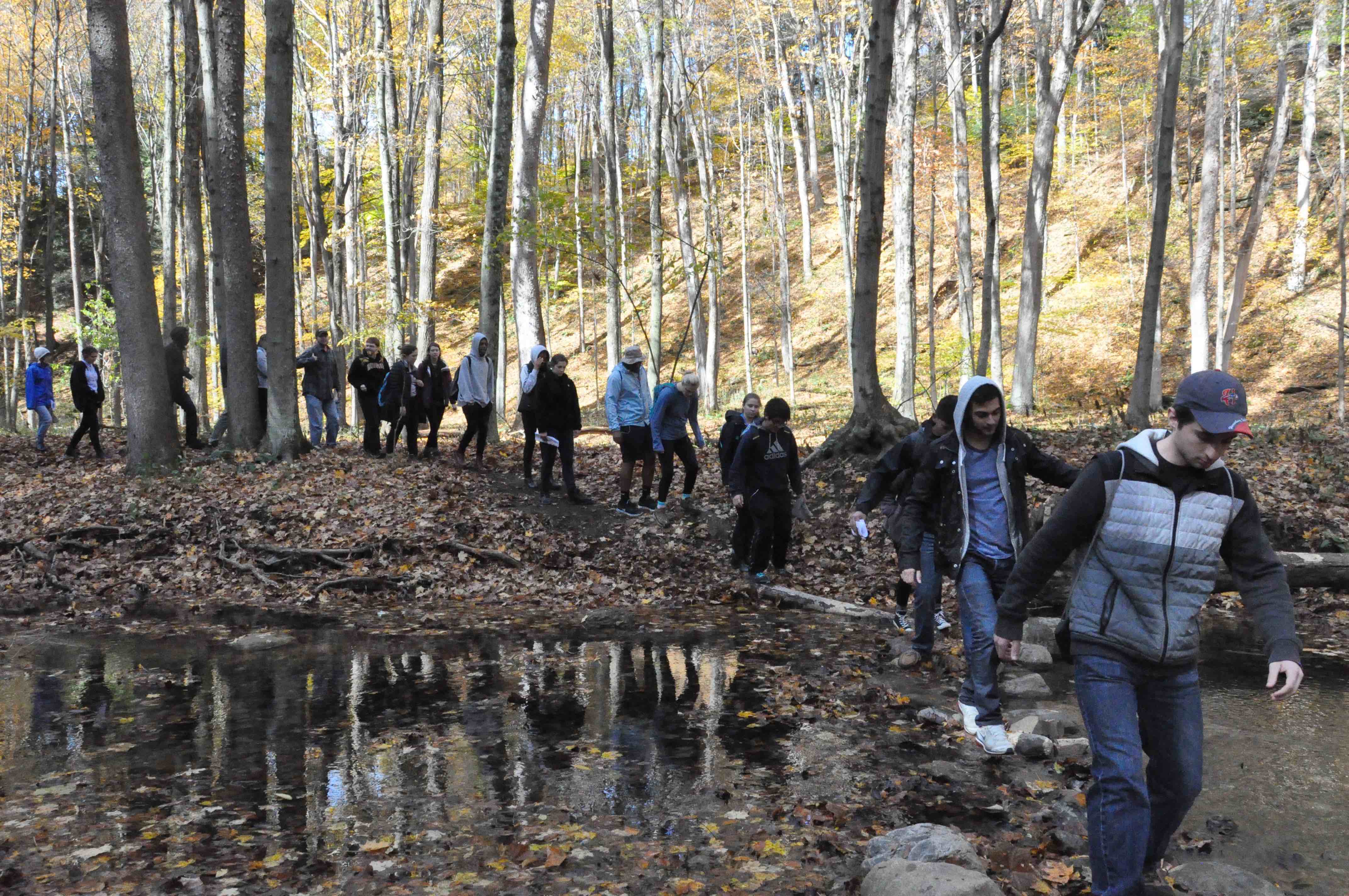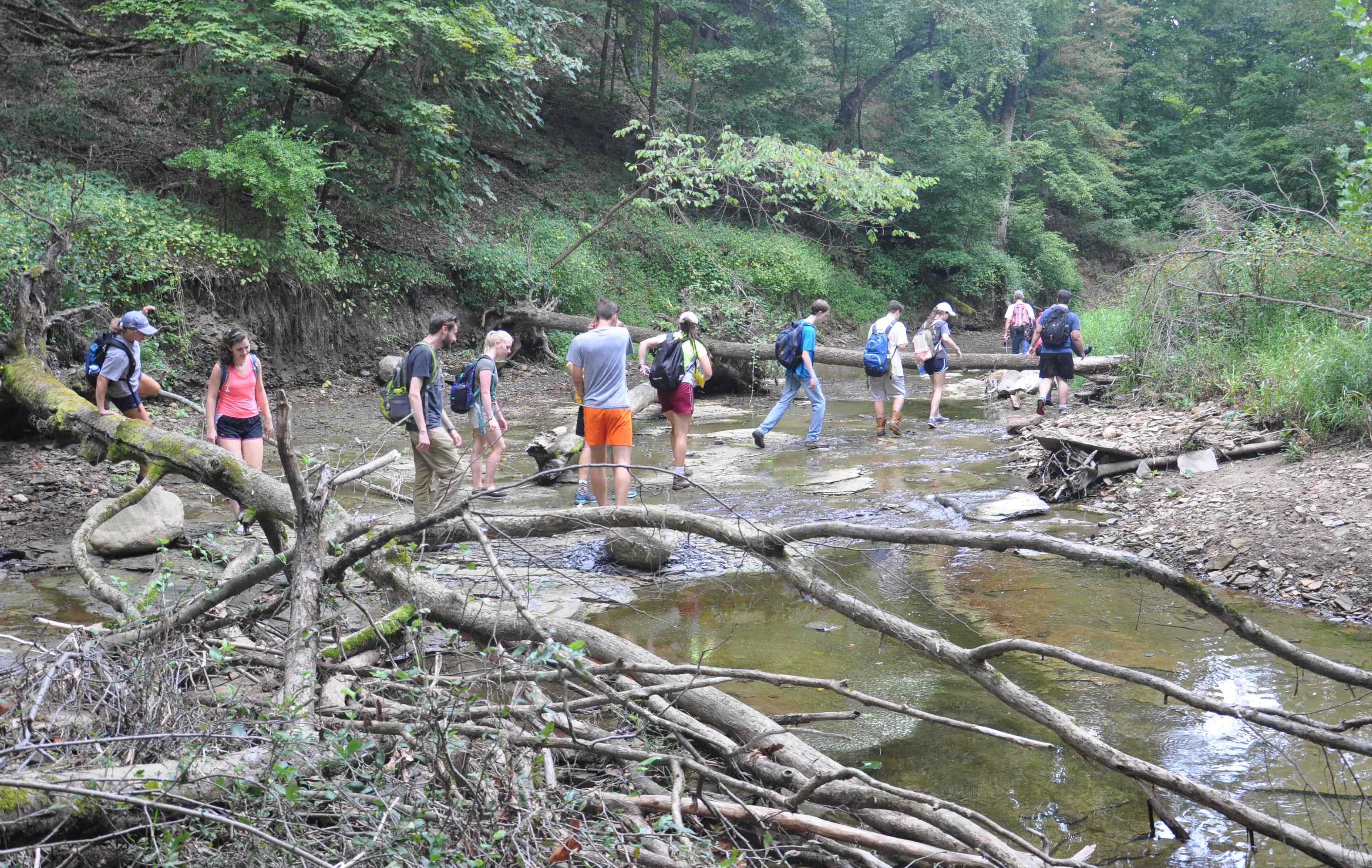Welcome
Welcome to Geology 110 – Environmental Geology. This is the web syllabus for the Fall 2018 Environmental Geology course at The College of Wooster. Web resources via links, announcements and assignments will be added to these pages each week. See class notes for general class logistics.
Introduction: We live in a world that is increasingly vulnerable to environmental change. The world is warming, the oceans are acidifying and global sea level is rising. We know that far more drastic climate variations have occurred in the past, like the Ice Ages – should we worry about these contemporary changes and why? What is being done and what can we do about them? Questions like these will be explored from the long-term perspective of the geologic record.
Issues of environmental change on local to global scales can be placed into an earth systems science perspective by first examining the evolution and structure of our planet’s atmosphere, hydrosphere, biosphere, and lithosphere, and how these systems naturally interact. Emphasis is placed on understanding biogeochemical cycles. From this perspective we can better evaluate the effects of anthropogenic perturbations on systems, such as the introduction of pollutants in groundwater, or land degradation associated with development and agriculture. Our readings center on climate, water, carbon and energy and the choices we need to make for a sustainable future.
Specific Learning Goals are to deepen your understanding in and to think critically about:
– the origin of the Earth and life and how natural systems such as plate tectonics, biogeochemical cycles and ocean-atmosphere systems operate and interact.
– the science underlying current environmental challenges such as climate change and the global water quality and water supply, and the scale of these challenges.
– the significance of anthropogenic (human-caused) changes in natural systems.
– strategies that can mitigate the impact of environmental change.
Sunday’s Excursion
Welcome to Geology 110 – Environmental Geology
_________________________________
Below are some of the photos and materials from last spring’s course. Because of ongoing environmental changes some of these materials are out of date.
Last lecture slides for Spring 2016 – here.
 Another great day in the Valley – the Killbuck Valley. After examining soils cores at the no-till field the group migrated to the South Wellfield for the rundown on the Wooster water supply.
Another great day in the Valley – the Killbuck Valley. After examining soils cores at the no-till field the group migrated to the South Wellfield for the rundown on the Wooster water supply.
The Great Trip
Starting out at the OARDC after a brief encounter with a glacial erratic, we moved on to the Secrest Arboretum to appreciate the history of growing trees there and the ongoing experiments (including the Triplett-Van Doren no-till experiment.
Next at the South Wellfield – the family of wells included, water supply, monitoring and interceptor wells.
An interceptor well – intercepting a contaminant plume of TCE.
Professor Current, who is a contaminant hydrogeologist, fills us in the evolution of a contaminant plume.
Air stripper tower – one good way to remove VOCs.
The group at Wooster Memorial Park.
Crossing the stream for the 4th time. Note how the stream continues to become disconnected from its floodplain as it cuts down.
